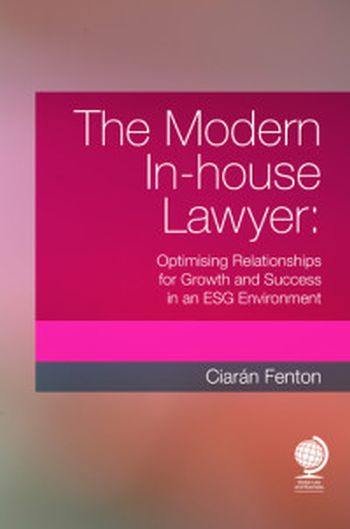
Relationships are top-of-mind for in-house lawyers today. Inherent tension in the relationship between in-house lawyers and their organisation, which is both their client and their employer, and the increasing scrutiny of in-house lawyers due to recent corporate and political scandals has put pressure on the management of their relationships with themselves, their teams and their client organisations. Appositely, CEOs, NEDs and boards not only struggle to navigate their relationship with in-house lawyers but also are often unaware of the underlying systemic problems in the function and profession, which can adversely affect organisational sustainability.
This book shows how in-house lawyers across the world can better manage their relationships with themselves and others, and how their client organisations can reciprocate. The main theme throughout is that reframing relationships, and then making small changes in them, can together have a big impact on individual fulfilment, organisations and society. It provides solutions for when specific relationship management problems occur, and other key features of this title include:
Written by Ciarán Fenton, who has worked with hundreds of in-house lawyers as well as CEOs, chairs and boards all over the world, The Modern In-house Lawyer draws on the author’s own consulting experience and successes and failures in relationship management – including case studies demonstrating what works, and what doesn’t – and the insights of other academics and experts. It provides in-house lawyers at all levels, members of the c-suite and private practice lawyers with the principles, tools and models to manage their key relationships and enhance their work.